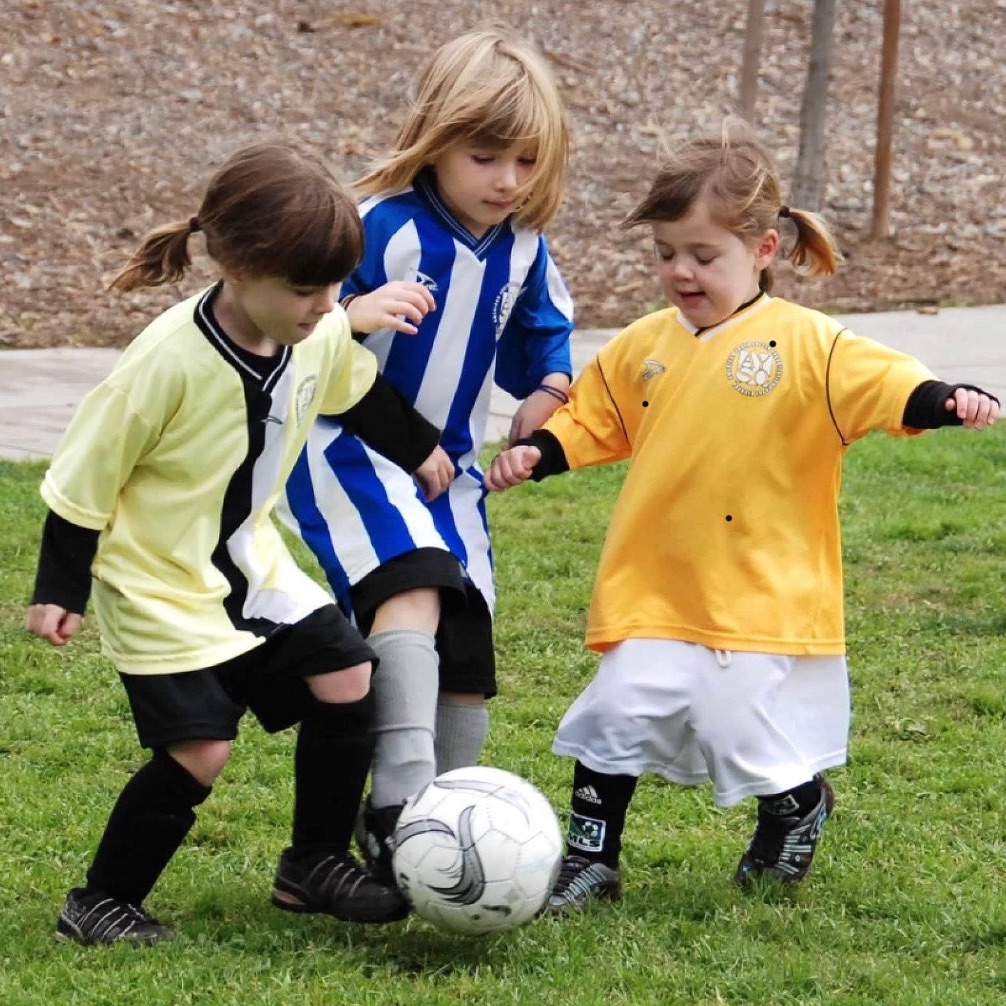My iPhone shattered. “I knew I should have bought that OtterBox,” I said, turning to my daughter, who’d seen me drop it. “I need to buy a new iPhone.”
She paused, smiled and replied, “You don’t need to buy a new iPhone.”
I smiled back. Touché! So she’d been listening to what I’d been saying about needs and wants all along.
Primary Needs
I’ve hosted many live Money Mammals shows at schools, and I’ve learned two things. First, the kids want to get me off the stage and Joe the Monkey and friends back on. And second, kids know primary needs like their ABCs. Every audience of schoolkids ticks off the three primary needs — shelter, food and clothing — with hardly a thought.
Kids know what the primary needs are.
But do they know why?
Most of these kids are fortunate — as am I — to have their primary needs addressed. And in the case of those kids who are not so lucky, school at least serves as a temporary haven to provide those fundamental needs.
We’re fortunate and grateful to be at least a step above the bottom of Abraham Maslow’s pyramid. Our basic, primary needs are covered.
Identifying the difference between needs and wants is one of the three core money-smart skills. With primary needs met, distinguishing between needs and wants feels more like distinguishing between wanting and wanting more.
Needlets
We can introduce our kids to secondary or conditional needs. For example, when my daughters wants to kick a soccer ball around outside, they need a ball to play.

We call this a needlet. It’s a “smaller” need. Smaller in that we’ll make it to tomorrow without it, but we need it to thrive momentarily.
My daughter doesn’t need a bicycle to live, but not having one means she might be missing valuable friend time. She’s “caught in a needlet.” (It’s also a state of being!) We must think creatively. Maybe she could borrow one from the neighbor. Or perhaps a friend has an extra bike for now.
Of course, if she begins biking more often, then she can set and save for a goal — another of the three core money-smart skills — to get her own.
Needlets and Time-Smart* Decisions
Back to that shattered iPhone.
I needed a phone. Not to live, of course, but to communicate. For example, there were options — a less expensive phone with essential text and calling capabilities outside the Apple ecosystem.
There’s also convenience and time value to consider. A time-consuming family switchover to save a few bucks might be a time-poor* decision.
I was caught in a needlet!
Needlets are useful because they help you have more nuanced conversations with your kids about wants and needs. More helpful than only discussing wants and primary needs.
And, of course, needlets are helpful for us.
In the end, I purchased a used iPhone.
My daughter smiled about that too.
John
*If you’d like more on time-smart decision making, please listen to my conversation with Ashley Whillans.
